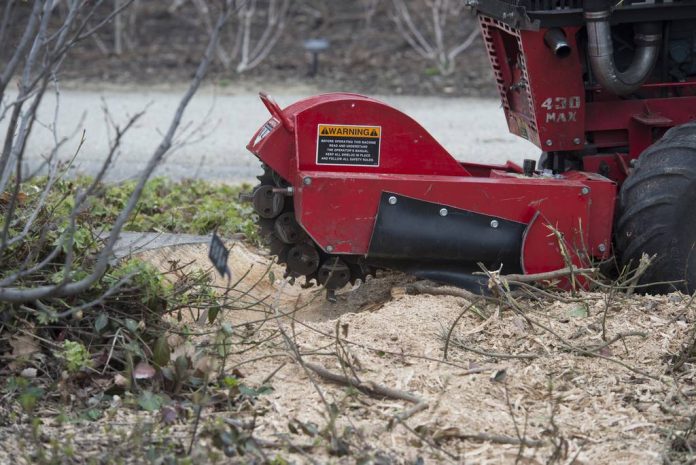I have two medium sized shade trees in my backyard planting beds that died this spring and need to be removed. What do I have to consider before removing the trees?
— Jennifer Garrett, Crystal Lake
If the dead trees are not a safety concern, you should wait until winter or late fall to remove them to reduce the impact on your yard. Consult an arborist if you are unsure if the trees pose a hazard. However, I think this is unlikely as they only died this spring. If the work is done in winter, you may be able to get a better price. The branches falling in the garden and the people running around removing the trees will knock over perennials if the removal is done during the growing season. Most will likely be fine next year, but that would spoil the appearance of part of the garden for the rest of the gardening season.
Shrubs, ground cover, and perennials that are about a foot away from the tree stumps are likely to be destroyed or damaged if they are dug up. So you might want to temporarily rearrange them before the work is complete. If the stump is 2 feet or larger in diameter, clear a space 2 to 3 feet from the stump. Your contractor can tell you how much space they need to grind down the stumps. If you want to plant new perennials in the same place, the stump soil must be at least 30 cm deep. The deeper the soil, the more suitable it is for growing perennials. New trees and shrubs with a large root ball will likely need to be planted next to the old stump. Expect to cut through old roots of the tree when planting. A sharp ax works well for cutting out larger roots.
Stump cutting creates a mound of shavings mixed with soil that must be removed and replaced with topsoil. Be sure to remove the mixture of wood shavings and soil to the bottom of the hole created by the sanding process. If you plan to dig up the stumps this winter, consider transplanting any valuable perennials and shrubs that are adjacent to the tree trunk this fall in preparation for removing the stumps this winter. The stump can be piled up in the back corner of the garden to decompose over a few years, leaving you with topsoil to reuse in your garden. Losing a large shade tree increases the amount of sunlight in your yard, which can affect the performance of existing plants. If there are other trees nearby that provide shade for the beds, the effect is less. It’s a good idea to plan ahead if plants that may get too much sun exposure over the next year need to be relocated and replaced with more sun-loving plants. Trees and shrubs in gardens grow over time and gradually provide more shade. As light decreases over time, some plants can experience problems, and when a tree is removed, light levels return to optimal levels for the plants. If you’re unsure of the impact tree felling will have, watch how the plants in your yard are responding to this change throughout the growing season and adjust their location if you find problems with too much sun.
For additional plant advice, contact the Chicago Botanic Garden’s Plant Information Service at plantinfo@chicagobotanic.org. Tim Johnson is senior director of horticulture at the Chicago Botanic Garden.
www.chicagotribune.com
https://www.chicagotribune.com/lifestyles/home-and-garden/ct-home-garden-qa-0615-20230617-yu6k2hgcxvan3awy3exsqdahdu-story.html














